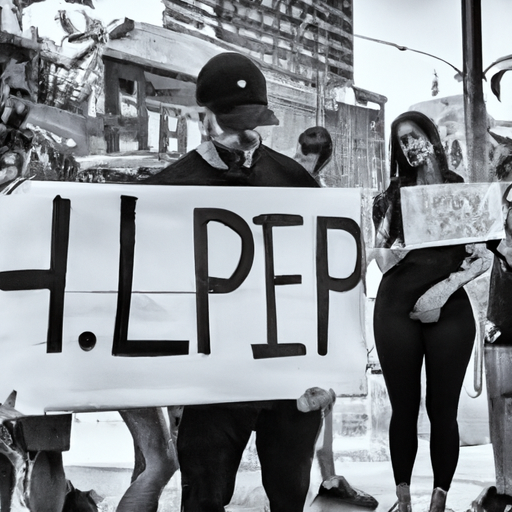The Canadian Opioid Crisis Writ Large: An Analysis of Toronto’s Experience
In the throes of the opioid crisis, Canada has witnessed a drastic increase in opioid-related injuries, fatalities, and a staggering social outfall. A recent report gives us a grounded perspective of Toronto’s experience in the wake of this crisis, detailing the profound impacts it has had on various community frameworks.
Opioids: A Nationwide Crisis
Firstly, it is imperative to understand that the opioid crisis is not localized but widespread, with devastating implications for individuals, families, and communities across the nation. The rise in opioid misuse has sparked concerns about several intertwined issues in Canadian society, including soaring crime rates, homelessness, and the pressing need for more effective intervention measures.
The Ripple Effects: Opioid Crisis and Associated Social and Health Challenges
Diving into the Toronto context, the article traces the searing impacts of the opioid crisis on select communities. A potent illustration of this is the rising crime rate, linked directly to the tragic trajectory of opioid misuse. The amplified burden on law enforcement agencies is a tangible indicator of the crisis, impacting the safety and quality of life of residents.
Substantial population shifts have been frequently noted, primarily associated with homelessness. The rise in opioid dependency has resulted in a significant increase in the number of people experiencing homelessness. This disturbing trend underscores the urgent need for dedicated shelters and social services.
Strategies to Combat the Opioid Crisis: Efforts and Challenges
Disturbing as these facts might be, it’s equally important to highlight the indispensable efforts undertaken to combat this crisis. A notable measure includes the implementation of the opioid class action, a legal recourse for victims of this crisis and their families.
Additionally, there has also been a push for enhancing the accessibility of naloxone, an essential life-saving medication for those experiencing an opioid overdose. Despite these yeoman efforts, the challenge of reaching the most vulnerable populations remains, necessitating further improvements in awareness, delivery mechanisms, and overall healthcare support.
Key Points
- The opioid crisis is a widespread and profound threat in Canada, deeply affecting individuals, families, and communities.
- Associated issues such as a heightened crime rate and increasing homelessness are discernible impacts of this crisis.
- Intervention measures including the opioid class action and broader access to naloxone are laudable but face challenges.
Charting The Way Forward
The ripple effects of the opioid crisis are clear: it strains our social fabrics, from healthcare to law enforcement, from individual lives to community cohesion. However, the article illuminates that collective efforts, collaboration, and relentless dedication are our strongest weapons to counterattack the crisis.
We need to persist with current strategies while relentlessly innovating new ways to outreach the most affected populations. While these measures have made a significant impact, there is a long way to go to turn the tide.
In summary, the opioid crisis is a substantial national issue that demands our undivided attention. The human toll and social impacts are stark, yet the proactive involvement of all stakeholders can fundamentally shift the narrative. It is our collective obligation to continue the fight against this crisis. Coping with the opioid crisis is not a sprint; it is a marathon that demands stamina, resilience, and unified action on all fronts.
